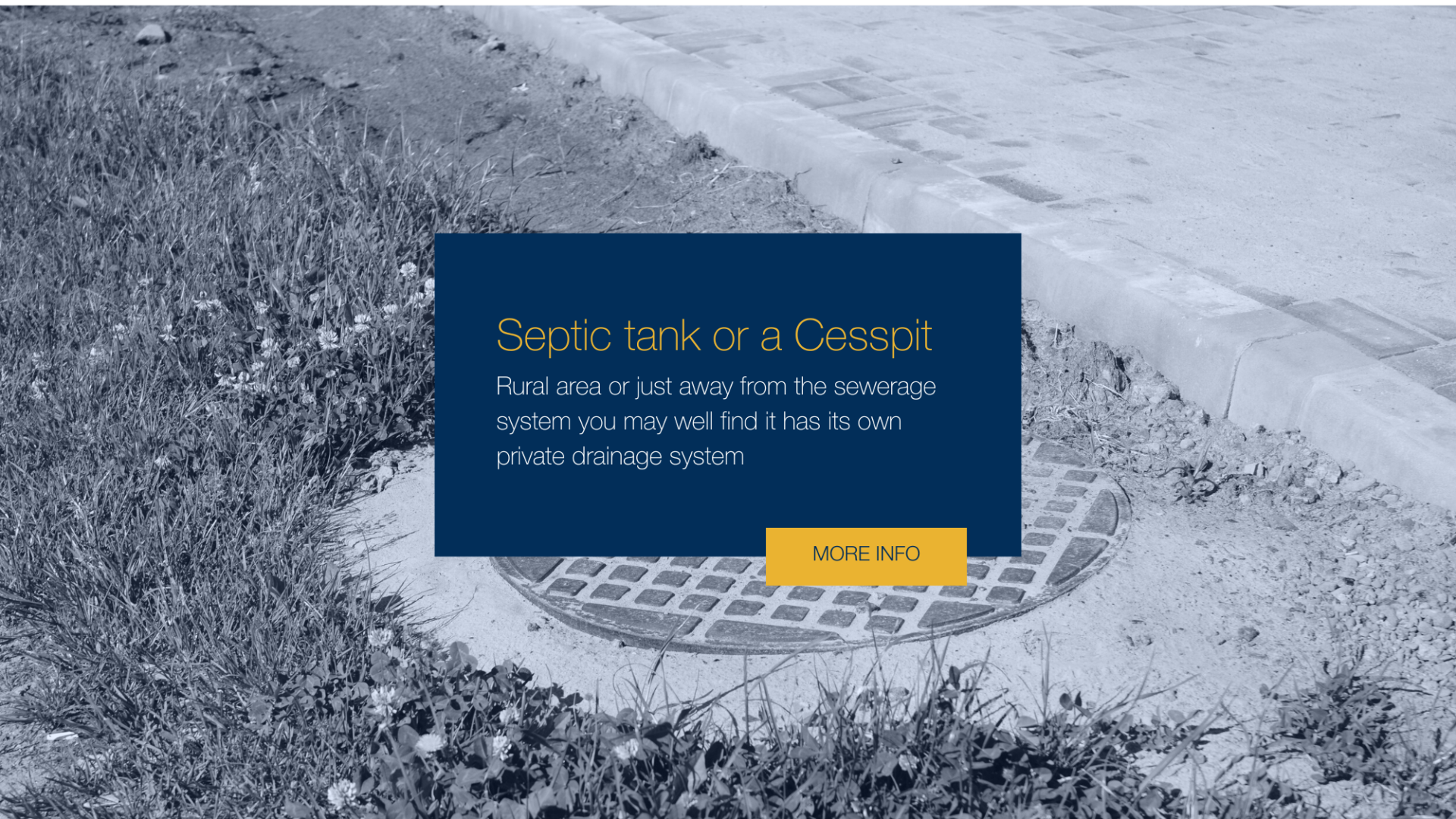Septic tank or a Cesspit
Subscribe to newsletterIf you buy a house in a rural area or just away from the sewerage system you may well find it has its own private drainage system. This could be a septic tank or a cesspit.
You will need to maintain this yourself (ie a professional company) but you will have vastly reduced water bills as you may not have to pay for mains drainage.
It will need to be serviced and emptied (de-sludged). Don't be put off, as many only need emptying once a year for a typical family house and the cost could be less than £150pa
The tank is underground and should (if serviced) have with zero odour. All waste and wastewater flows into the tank. The waste is broken down by bacteria in the tank and sludge builds up at the bottom. The broken down water at the top can flow into a soakaway.
In detail: The liquid rises to the top, making contact with oxygen which starts to break down the organic matter biologically. The liquid still contains sewage, but in small enough particles to be carried through the discharge outlet and into the soakaway. The liquid travels along the soakaway and drains into the soil for further anaerobic treatment. Although a septic tank contains no moving parts and therefore does not require servicing, you will still need to organise emptying (de-sludging) from a licensed waste disposal contractor. You will also need to conduct a percolation (porosity) test to check that your soil conditions are suitable for the liquid to soak into.
Keeping all the records is ideal for a buyer to check. Maybe have a service done before marketing to show a clean bill of health that all is in perfect working order.
The Environment Agency ask that records are kept for reference if there was ever a problem in the future.


